Most people don’t have the time or desire to think about how systems of banking, real estate and economic policy change or could change. And I don’t blame most people for that. Explicitly and often implicitly, most of the messaging broadcast out into the world about those things says they’re somebody else’s job to think about.
What most people want, and what all of us deserve as human beings, is for systems of banking, real estate or economic policy just to work for us — quietly, invisibly, behind the curtain or under the hood. But if you’re reading this, I’m guessing you already realize in some way that for too many of us, maybe most of us, those things don’t work the way we all deserve them to.
It’s been my privilege to have spent another year digging up stories about the people who are working every day behind the curtain and under the hood to change those systems so that they do work for everyone. Sometimes it’s about doing something nobody has done before (like community-owned commercial real estate), or changing something nobody thought was necessary to change until recently (like updating state health codes to legalize street food vending).
In 2022, I particularly spent a lot of time learning and writing about community banking and credit unions. These aren’t new, of course, but I’ve been seeking answers to questions that I haven’t seen others ask before or which haven’t been asked enough.
This year we went deep behind the scenes with staff and board members at Ponce Bank, a community bank based in the Bronx and one of only two banks based in the borough of 1.5 million mostly Black and Latino residents. The bank doesn’t have a huge marketing budget. Most of its borrowers and depositors find it via word of mouth or walking past one of its 14 branches across all five boroughs of New York.
Word of mouth was how Julio Sanchez found Ponce Bank more than a year ago when he began looking into getting a loan to buy the small commercial property he’d been renting for his family’s small grocery store (or large bodega, depending on who you ask) in the Bronx. His former landlord, who ran the grocery store himself for decades, had gotten a loan from the same Ponce Bank to purchase the property for $24,000 back in 1960. This June, Sanchez got a loan for $1.1 million to buy the building, and is now paying less on his mortgage than he had been paying in rent.
Sanchez said the Ponce Bank loan officer he worked with was “the best.” That loan officer’s name is Barbara Arroyo, whom I spoke with for the story. Arroyo grew up in public housing in another part of the Bronx. As a high schooler in the 1990s she got a summer internship at one of the largest banks in the country. After going to business school on a full scholarship at Georgetown University, she took a job as a commercial loan officer at a big bank. She soon felt dissatisfied, as she told me, just convincing clients to fill out applications knowing 80% of them would be denied but she had to play the numbers game to appease her bosses.
Once she got to Ponce, she got to work doing what she had always wanted to do as a banker — building relationships with the local Bronx business community she and her family relied on when she was growing up. There were bodega owners like Sanchez, barbers and hair stylists, discount clothing store owners, restaurants and catering businesses. Like Sanchez, many of them speak almost entirely Spanish on a day-to-day basis.
Even though it can take more than a year between meeting a client and when they’re ready for a loan, Arroyo had her biggest lending year in her career in 2021, because she has the time and space to move clients along at whatever speed works for them instead of speeding them through an application process most of them will never get through. And Arroyo never has to explain to her bosses why she spends so much time with clients like Sanchez. It’s exactly what the community bank’s CEO and board expect of her.
Reporting that story helped me better understand more clearly than ever what community banks are meant to do for cities. It’s not necessarily about closing racial wealth gaps, though they can play a role in doing that. It’s not about making up for generations of disinvestment, though they have a key role to play in doing that.
It’s about making sure communities can access credit through somebody who comes from within, through somebody who looks like them, speaks their language and can understand their local economic context without asking too many questions or dismissing them because they didn’t know which questions to ask. Lending can still be a very human process, contrary to the supposed promise of efficiency through fancy algorithms and technology.
Holding larger banks accountable for lending to communities that they don’t already know has failed time and again. After KeyBank promised to increase lending in Black and low-income communities after the acquisition of a community bank in Buffalo, the bank has instead become one of America’s worst major mortgage lenders for Black homebuyers.
Why aren’t there more community banks around doing the things the way Ponce Bank does? After reporting about Ponce Bank, this is the question I’m left with, and while it’s one I’ve asked before, I want to explore it more deeply in the coming year.
I’ve been sounding like a broken record about this, but there were 15,000 community banks in the mid-1980s, compared to fewer than 4,500 today. That’s 10,000 fewer institutions, 10,000 fewer underwriting departments, 10,000 fewer lending departments staffed with people who come from the same communities where they are finding and evaluating potential borrowers.
Community Development Financial Institutions, or CDFIs, were intended to fill in the gaps that existed three decades ago, but since then we’ve lost 10,000 community banks and there are still only 1,200 federally-certified CDFIs across the country. Not to mention, most of the U.S. Treasury’s funding for CDFIs has gone to non-depository institutions like loan funds, and a large number of CDFI loan funds that have gotten that support don’t actually come from the historically redlined communities where they make loans.
While it’s true that 35 years ago, not every community had the same level of access to banking and credit, those disparities still exist. Yet today we’re trying to address the problem with a fraction of the institutions providing that access. The failure of the KeyBank post-acquisition community benefit agreement further demonstrates to me that holding larger banks accountable for lending to communities that already don’t matter to them is a waste of time and effort.
So for next year, I’ll be digging even more into the question of what it would take for more communities to charter their own banks or credit unions. Everything I said above about banks could also be said of credit unions. Prior to 1970, it was typical for federal regulators to charter 600-700 new credit unions every year. But since then, for multiple reasons, the number of new credit unions chartered every year began a long, slow decline.
Earlier this year I reported on the new Community First Fund Credit Union, one of only four new credit unions chartered in 2021. That’s as many new credit unions chartered over the previous five years combined. With so few new credit unions starting up, and scores closing or merging with others every year, the total number of active credit unions has declined from a high of 12,977 in 1970 to just 4,872 today.
Bankers love to say economies of scale probably dictate that we don’t need 10,000 more community banks or 8,000 more credit unions. Whether or not there’s any truth to that, it used to be much more common for communities left behind by other banking institutions to charter their own. Why isn’t that the case any more – and what could change to get that pattern going again?
Over the next year, I’ll continue following other storylines like the growth and progress of worker-owned businesses and other alternative ownership models, as well as community-owned commercial real estate. I’ll also continue lifting up when grassroots organizers are shaping economic policy like street vending regulations, not to mention the continued expansion of legalized cannabis – New York will see its first legalized, licensed recreational cannabis dispensary open its doors this week.
But I hope you’ll also join me next year as I continue digging deeper into the question of whatever happened to starting up a new bank to serve a redlined community.
This article is part of The Bottom Line, a series exploring scalable solutions for problems related to affordability, inclusive economic growth and access to capital. Click here to subscribe to our Bottom Line newsletter.

Oscar is Next City's senior economic justice correspondent. He previously served as Next City’s editor from 2018-2019, and was a Next City Equitable Cities Fellow from 2015-2016. Since 2011, Oscar has covered community development finance, community banking, impact investing, economic development, housing and more for media outlets such as Shelterforce, B Magazine, Impact Alpha and Fast Company.
Follow Oscar .(JavaScript must be enabled to view this email address)



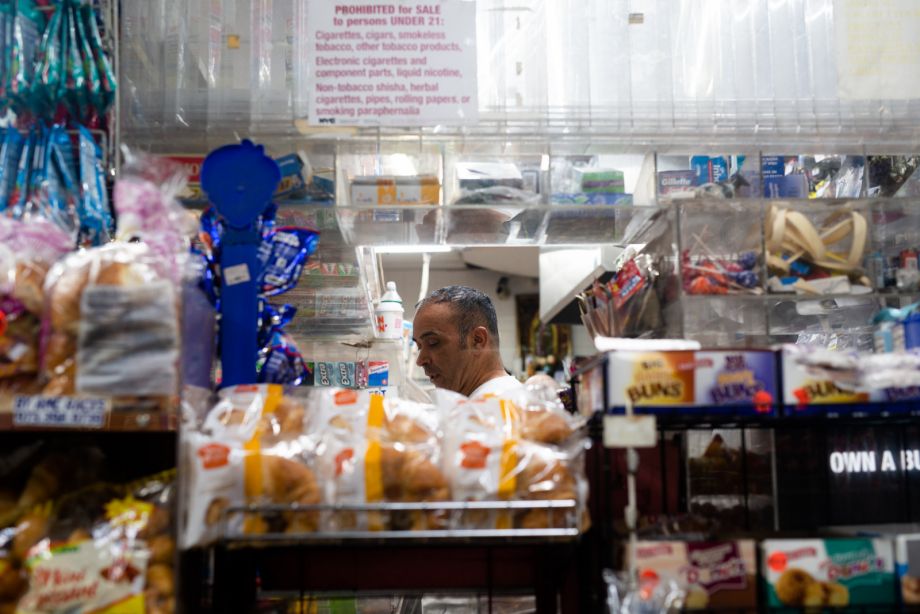
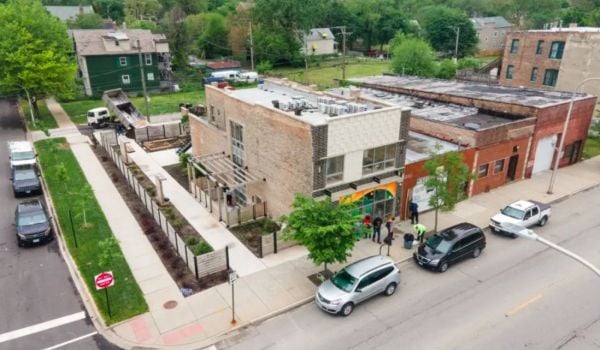
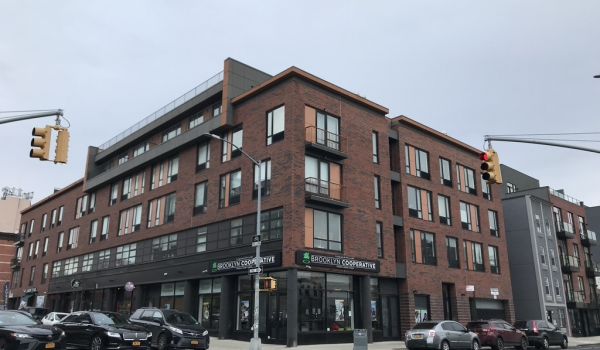
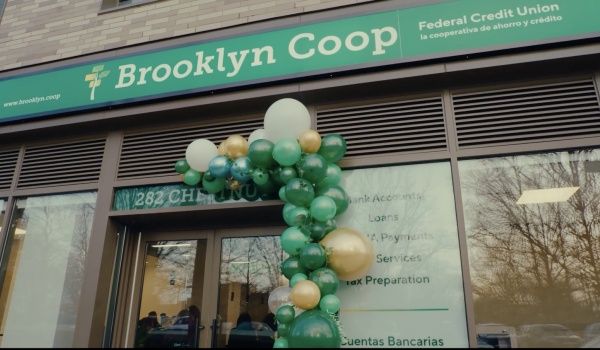
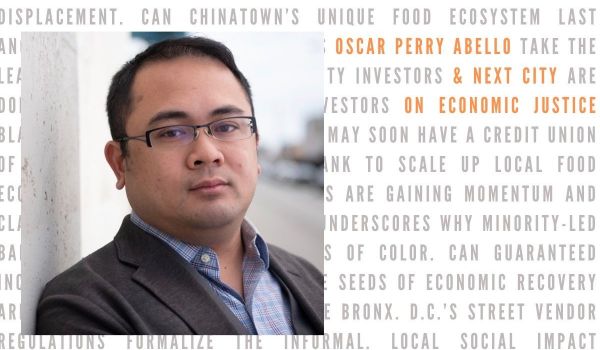
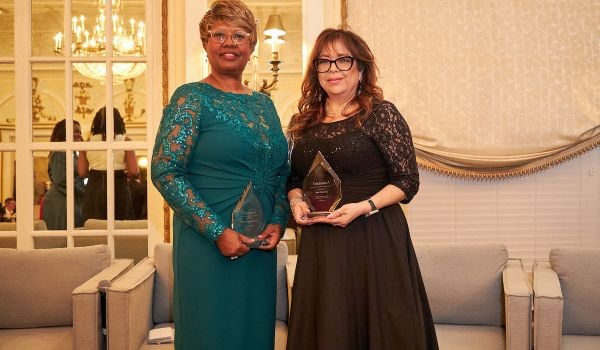
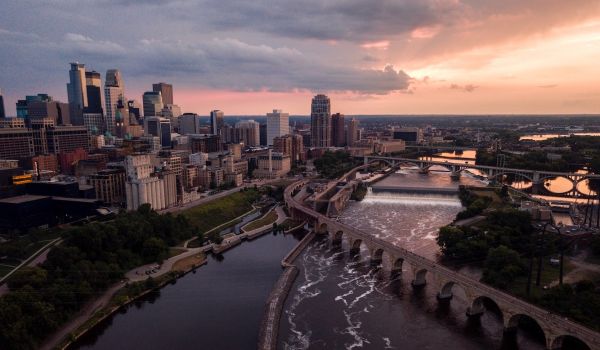
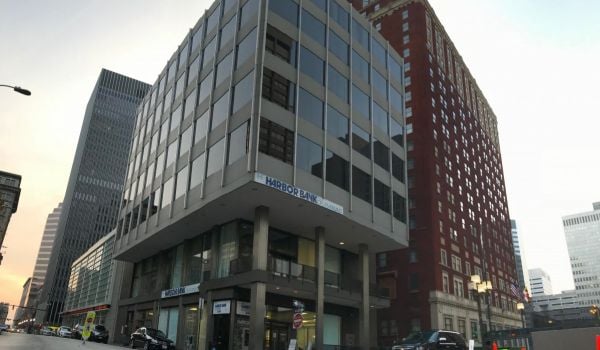
_600_350_80_s_c1.jpg)






